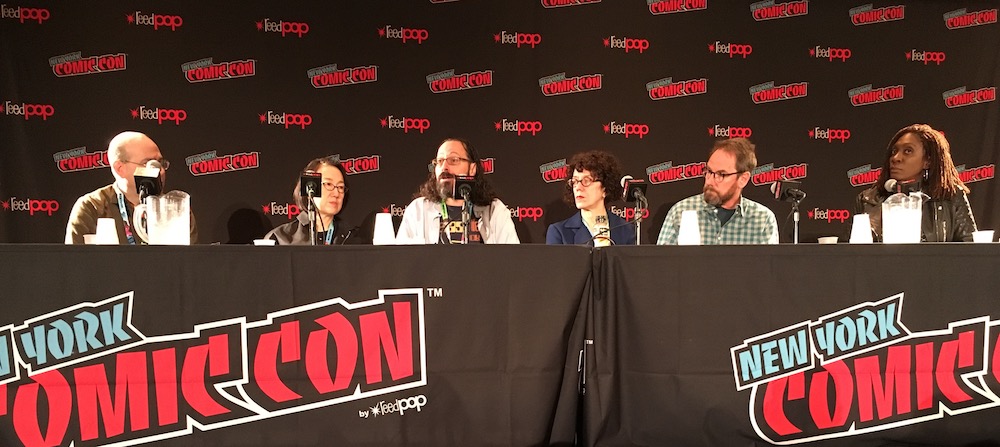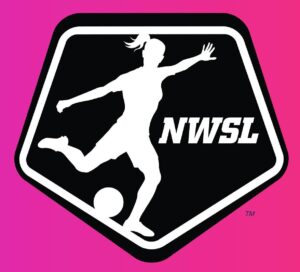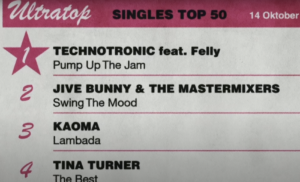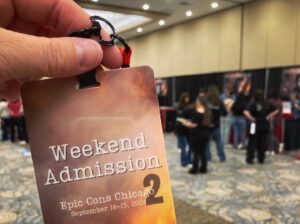
On hand in room 1A21 on Sunday morning at NYCC was Andy Rheingold, Bob Mittenthal, Carin Greenberg, Ken Scarborough, and Susan Kim – an all-star team of children’s television writers if you will.
Their credits include: Sesame Street, Doug, Arthur, Ghostwriter, SpongeBob SquarePants, Dragon’s Tales, CatDog, Bevis and Butt-Head, Codename: Kids Next Door, KaBlam!, Welcome Freshman, Rugrats, Double Dare, Action League Now!!, Gullah, Gullah Island, The Adventures of Pete & Pete, Blues Clues, Are You Afraid of the Dark, The Mystery Files of Shelby Woo, Allegra’s Window, and a whole lot more! (Go look them up on IMDB.com.)
This was hands down my favorite panel of New York Comic Con 2019. It was one of those experiences that is unique to the con, where the stories told and information shared doesn’t immediately hit YouTube and other media sites the moment you leave the room. As much as I love the big “headliner” panels with “exclusive” screenings, these are the panels that keep me coming back year after year. The ones that fuel my creativity and passion for the medium of television.
Well-moderated by fellow TV writer, Keisha Zollar, the panelists spoke candidly about their experience working at Nickelodeon during the early days, how gender bias regarding female-led TV series still exists, what it’s like to write for animated vs live-action shows, career opportunities in children’s television, and more.
Here’s the highlights…
Behind-The-Scenes Stories:
- This is probably public knowledge already, but it was news to me – Nickelodeon almost passed on SpongeBob SquarePants, they just didn’t get it. In an effort to convince the network otherwise, Andy Rheingold described SpongeBob as Jerry Lewis and Bikini Bottom as the Flintstones under the sea. At its very inception, SpongeBob was also called SpongeBoy.
- Apparently networks love buzzwords, so much so that during Nickelodeon’s animation boom in the mid-90s, they became fixated on the idea of having a “live-action animation” series. Bob Mittenthal’s answer to that request was KaBlam!.
- When asked how children’s animation has changed, the panel all more or less agreed that it’s become more “professional” and not in a good way. They compared Nickelodeon in the 80s and early 90s to working for a college radio station. Now it’s more corporate, there is less risk taking. However, on a more positive note, there are also more platforms and voices than before.
- They also explained that children’s television is way more researched than it used to be. Blue’s Clues is a prime example of that shift.
- In the CatDog writers’ room Andy Rheingold pitched a story where Dog ran away. It was shot down and then became a running joke. Eventually it did become an episode, “Dog Come Home!”. It’s the one where CatDog stretches out and their body winds itself around the world.
- Susan Kim shared a story about how she wrote a joke about a goldfish being flung into a pond and one of the characters saying they needed to save it before it drowns. That didn’t fly. Apparently you can’t joke about drowning.
- Prior to working in television, Carin Greenberg wrote Nancy Drew stories. That experience led to her becoming co-head writer for PBS’s Ghostwriter.
- An audience member asked how our culture of political correctness has impacted children’s television. Not much… Susan Kim added that she’d rather not write a joke that made a kid feel bad about what they looked like or where they were from. Everyone else agreed, that’s just lazy writing. On a semi-related note, they did add that any character on a bicycle now has to wear a helmet.
Writing Tips and Career Advice:
- When writing for animated television, never let more than three lines of dialogue go by without action, no one wants to watch talking heads. That’s advice Ken Scarborough once gave Carin Greenberg and it’s stuck with her.
- Make sure your script is visual. Does your story still work if you were to turn the sound off?
- When watching a TV show or even just a scene, study what you’re looking at. Ask yourself why you love it, why does it work?
- You can be a non-drawing writer. There are great writers and great artists, not everyone is good at both.
- Sesame Street and Disney have writers’ programs: the Sesame Workshop Writers’ Room and the Walt Disney Television Writing Program. They are extremely competitive, but excellent ways to get your foot in the door and build valuable experience.
- Writing for kids vs adults – not that different according to the panelists. Children are smarter than we give them credit for and adults aren’t as mature as we like to think we are.
- Los Angeles is the place to be if you want to work in children’s television in any capacity – from writing to voice acting.
- Vision is key when pitching a story. Timing also helps, good ideas need the right place and right time.
After the panel ended, I also had a brief opportunity to speak with Carin Greenberg. During the Q&A portion of the panel I wanted to ask her a question about writing for Ghostwriter – a show that has stuck with me thanks to a storyline about illegal dumping, but everyone was asking more general questions aimed at the panel at large. Plus, by the time I formulated my question in my head the line was already longer than time would allow. So after the panel ended, I took advantage of my second-row seat and went up to the table the panelist were seated at.
I wanted to know what it was like writing for Ghostwriter because unlike most children’s shows which are highly episodic, Ghostwriter had story arcs stretch out over a handful of episodes. (Let me remind you that this is the early 90s were talking about, when DVRs and streaming did not exist. If you came home from school late one day, there was a good chance you just NEVER saw that episode.) So in my mind that was pretty interesting call on both the show and PBS’s part, to trust that kids would be able to keep up with what was going on, whether they caught every episode or not. To be fair, each subsequent episode does being with a lengthy recap of “The Facts” so they did take into account, but it was still an uncommon storytelling choice for the genre. One that I highly respect because long form narratives are one of the greatest strengths of television.
Anyhow Carin Greenberg couldn’t have been any nicer, she was so generous with her time, even came out in the hallway to continue our conversations when we were asked to clear the room for the next panel. She was excited to talk about Ghostwriter, she said it was one of her favorite series to write for, not only because of the longer mystery arcs, but also because the characters themselves were able to change and develop from kids to teens. As the cast grew up, the storylines were able to reflect that transition, she fondly recalled getting to write one of their first dates. And when I asked about the semi-serial nature of the series she confirmed that that was always the plan, one in which PBS supported.
From start to finish, this panel was wonderful and I encourage fellow New York Comic Con attendees to take a deep dive into the panel schedule when planning out their weekend. Find your own hidden gems like this one among the splashy panels occupying the main stage, Hammerstein Ballroom, and MSG.
—-
Panel: Sunday October 6, 2019 – “We Wrote Your Childhood” presented by Writer’s Guild of America East Animation Writer’s Caucus
Moderator: Keisha Zollar
Panelists: Andy Rheingold, Bob Mittenthal, Carin Greenberg, Ken Scarborough, and Susan Kim


